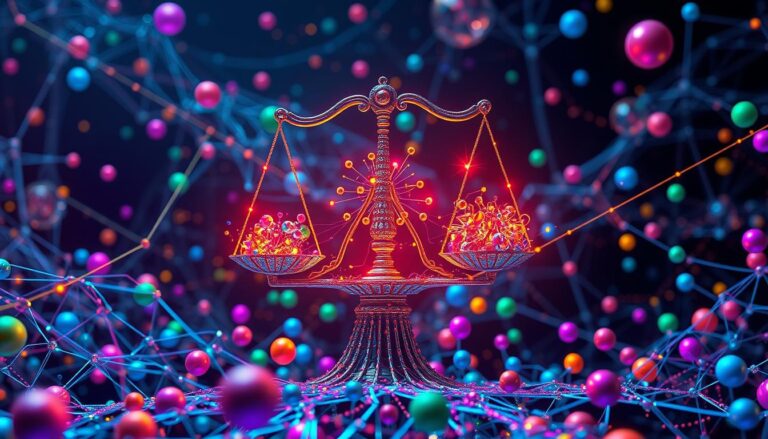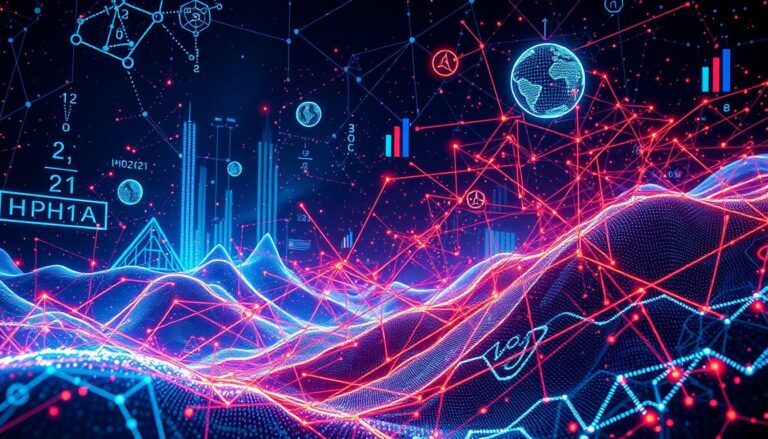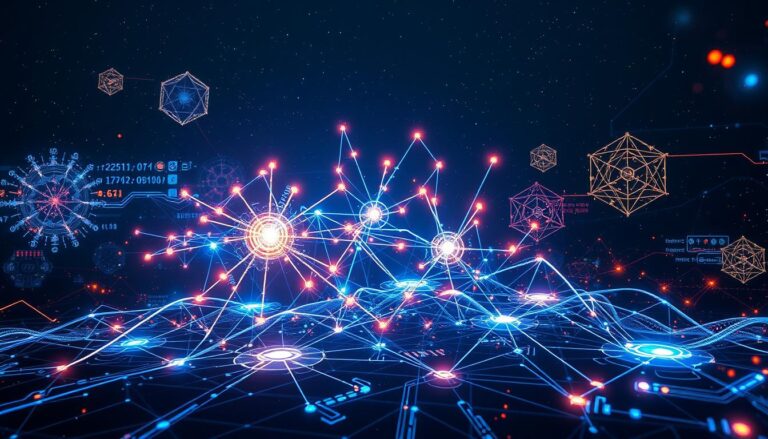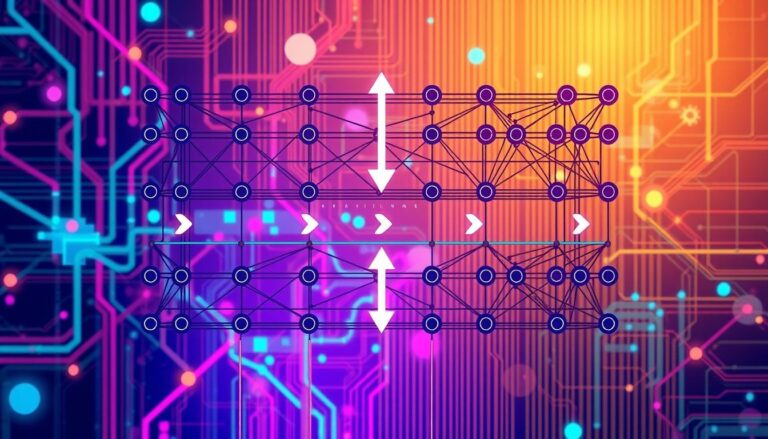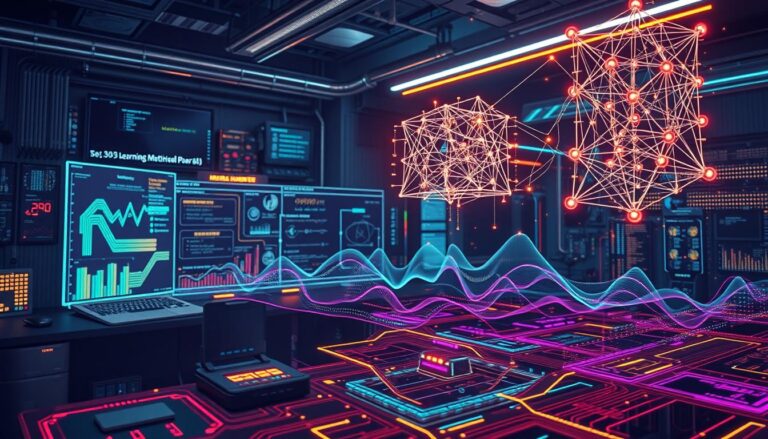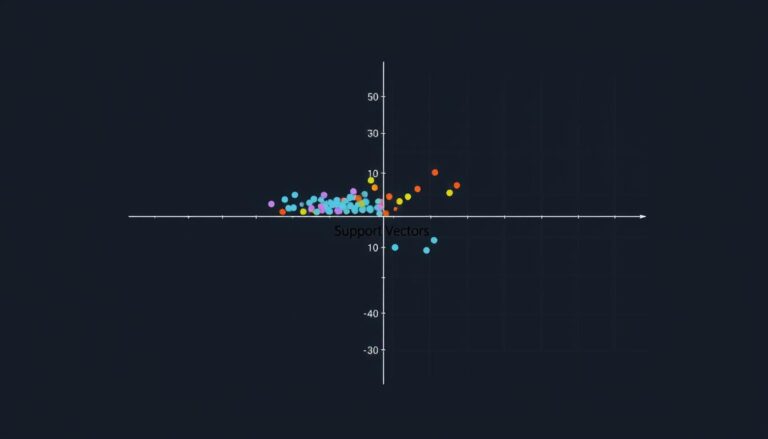How Can You Handle Imbalanced Datasets in Machine Learning?
In the world of Machine Learning, Artificial Intelligence, Data Mining, and Predictive Analytics, dealing with imbalanced datasets is a big challenge. These datasets happen when one class has much more data than the others. This leads to biased models and wrong predictions. Examples include fraud detection and disease diagnosis. Handling imbalanced data is key to…
